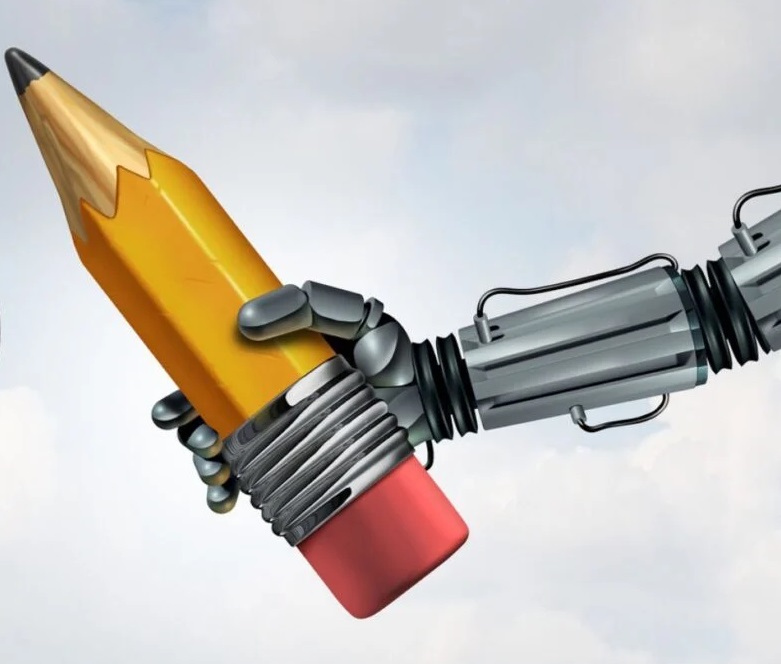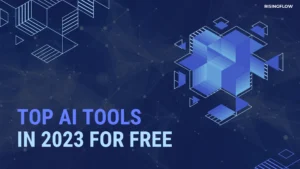AI in Education: A Double-Edged Sword?
The AI Revolution in Schools
The advent of AI in education has been met with both excitement and apprehension. OpenAI’s chatbot, for instance, has sparked fear among educators of rampant cheating and plagiarism. However, it’s not all doom and gloom. Schools are now embracing generative AI, but with a twist – they’re focusing on assignments that require critical thinking, a skill that AI has yet to master.
As with any new technology, there’s a learning curve. Educators are grappling with the technology before fully understanding its implications for their jobs and students’ futures. This is a critical period of adaptation, and the decisions made now will shape the future of education.
The question of AI-generated content is a tricky one. Turnitin, a company known for its plagiarism detection software, has developed an AI detection tool. However, it’s not foolproof, with a 4% false positive rate. This raises ethical questions about accusing students of cheating based on potentially inaccurate results.
The Role of Educators in the AI Era
In the face of AI’s rise, the role of educators is evolving. Rather than simply accusing students of cheating, they’re encouraged to have conversations with them about the results of the detector tool. This shift in approach is crucial in fostering an environment of understanding and learning, rather than punishment.
The integration of AI in education is a complex issue, with no easy answers. However, one thing is clear: the focus should be on using AI to enhance learning and critical thinking, not to replace human educators or to police students.





